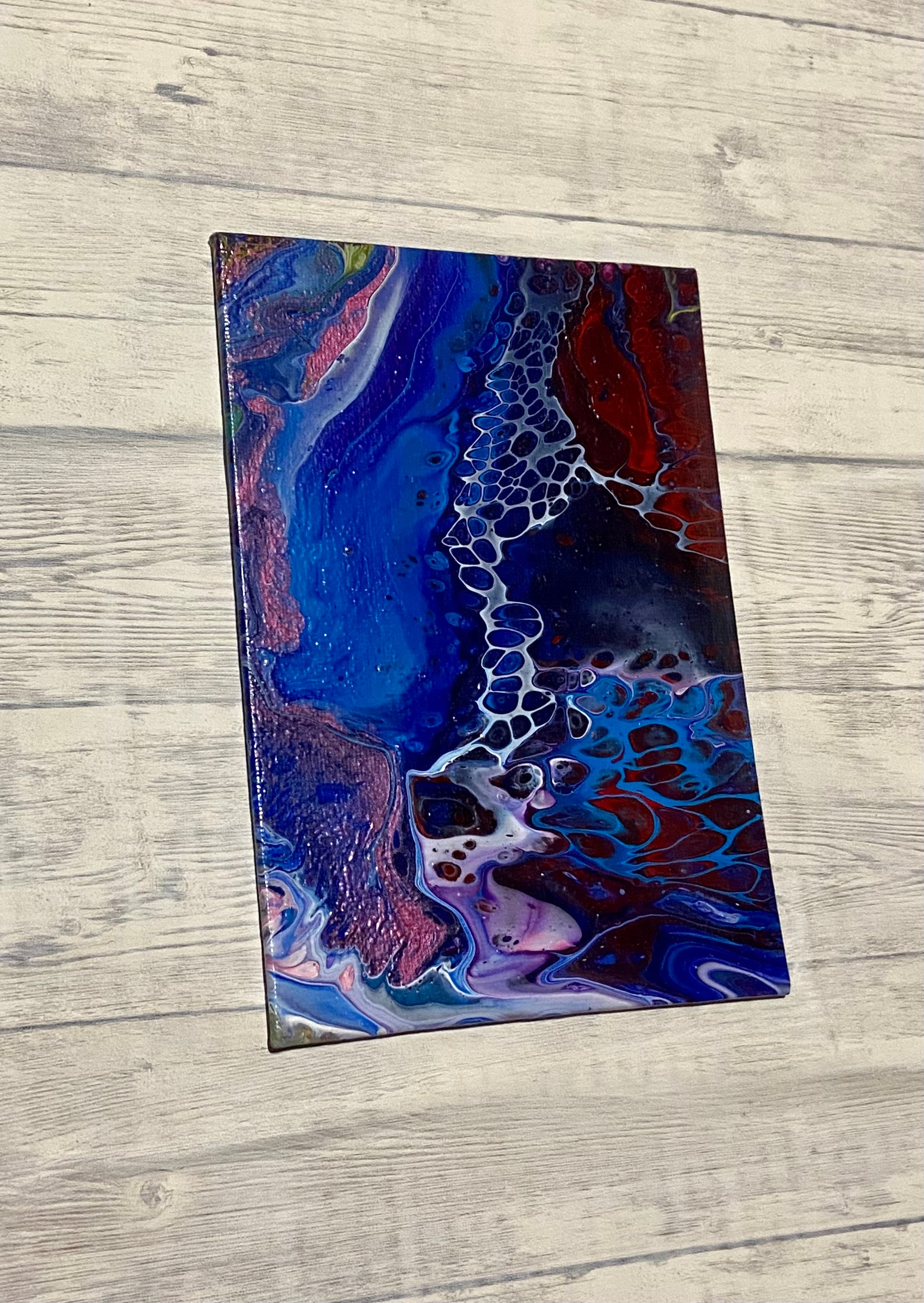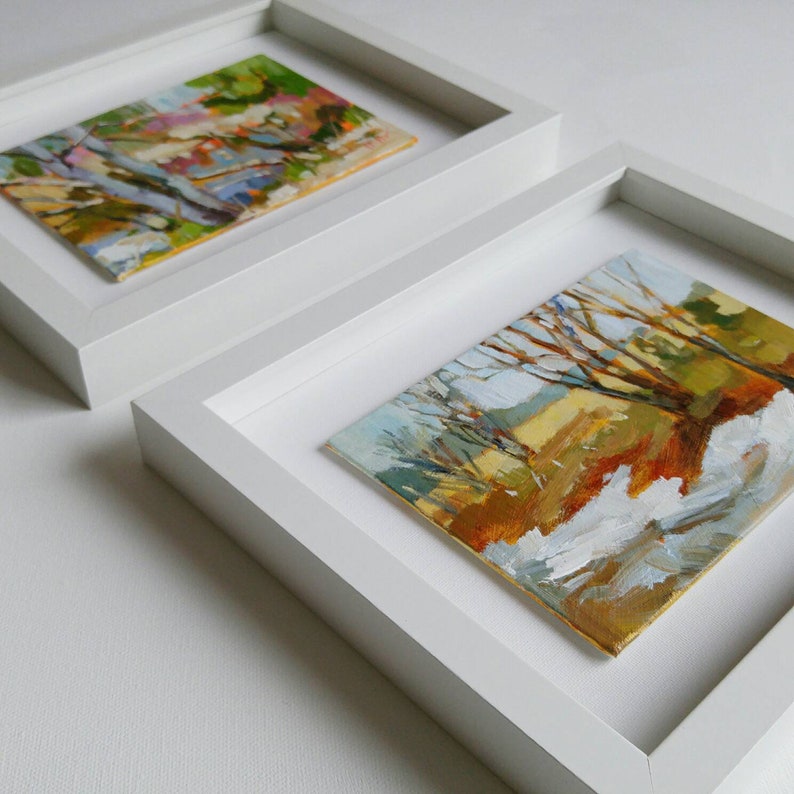

Oils would then be your best paint option. When you are painting something such as a portrait, which has so many layers, shadows, and details, acrylics would dry too quickly. One of the many benefits of working with acrylics is that you can still achieve the same bright colors and sometimes even the same techniques, but without the long wait for your art to dry.įor this reason, most portrait painters would not use acrylics. If they are not oil-based, is acrylic paint water-based? Yes, they are and therefore they are also much safer to use. This assists your oils in better adhering to the surface, giving you a longer-lasting paint job.Īcrylics are made much the same way as oils except without the oil base. Because of their oily base, these paints work best when using a primer as a base coat. Oil paints are primarily used on canvas or thicker boards, but they can also be used on wood, certain metals, and ceramics. Only then can they be framed or coated with a sealant or varnish. There are so many options when working with oil paints, you just need to find the right one for you.Īnother important tip to remember is that oils take around six months to dry completely once you are done painting. They are also used to clean your paintbrushes and protect them from damage. These oil paint mediums can be used to slow down the drying time, speed it up, or to add texture and work as a sealant.

If oils splash onto your clothing or other fabrics, they are likely to stain. Oils are also a messier medium, given that they cannot be cleaned up with soap and water. There are also safer medium options such as natural painting oils that can be used instead of turpentine and other paint strippers and thinners. Most oil paint mediums are solvents and are toxic, which means they can be harmful to the skin, eyes, and airways.įor this reason, many choose to wear gloves or even a mask when working with these strong chemical solvents and fumes. These add fluidity to your paints, making them more workable as well as adding a protective gloss or sheen. When working with oils, you do need to make use of a paint medium or thinner. The downside with oils is of course the chemicals involved. Painting oil over acrylic is also an option to add more layers and texture to your work. Oil paints are also wonderful for using different techniques and paint mediums.

Artists who enjoy taking their time and focusing on attention to detail usually love this medium. The oil base is also what keeps oils wet for longer. This is what gives oil paints their smooth and creamy consistency, making them ideal for different surfaces and projects. Depending on your chosen brand the base may differ, but usually, it is a natural oil such as linseed or safflower. They are made with binding agents, color pigments, and an oil base. Oil paints are very thick and well, oily. The first primary difference that sets oils apart from other mediums is their consistency and texture. What sets apart your medium from the others? Why would you use it as opposed to a different one? Well, in this case, there are a few differences and benefits to both oils and acrylic paints. 5.2 What Is the difference Between Acrylic and Oil Paint?īefore starting with any new medium, we need to look at what makes them unique.4.1 Tips for Working with Acrylic Paints.

3.2 Best Acrylic Paint Set: WINSOR & NEWTON Galeria Acrylic Paint Set.3.1 Best Oil Paint Set: BELLOFY Oil Paint Set.


 0 kommentar(er)
0 kommentar(er)
